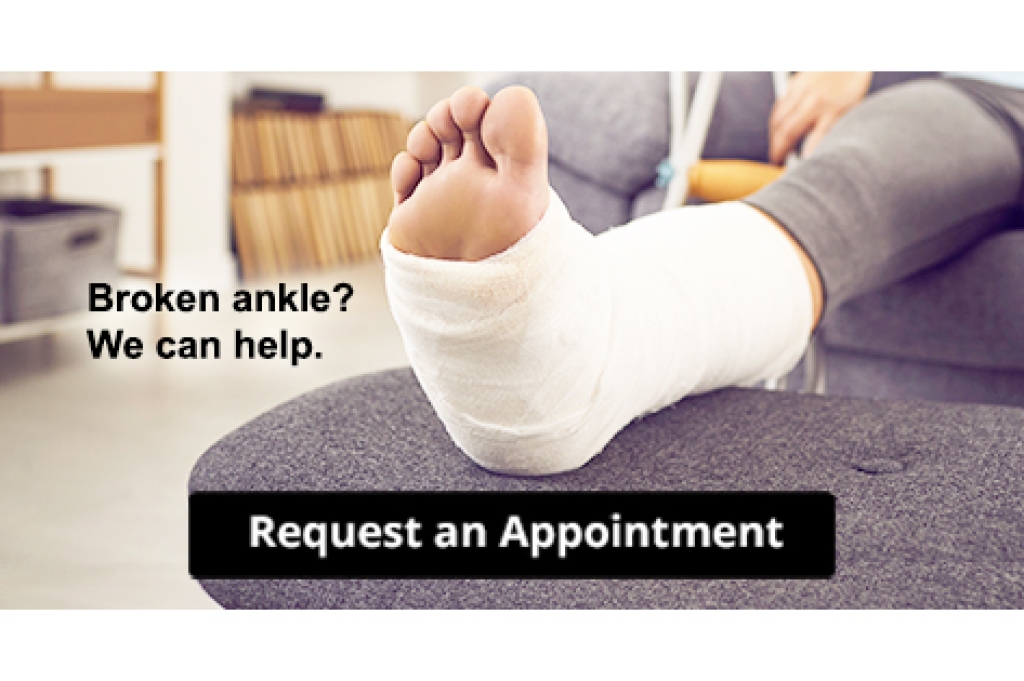
Onychomycosis is a fungal infection of the toenails that can cause thickening, discoloration, and brittleness. The nail may turn yellow, white, or brown and gradually separate from the nail bed. While often painless in the beginning, the infection can become uncomfortable and unsightly over time, making it difficult to trim nails or wear shoes. Warm, moist environments inside footwear provide the perfect setting for fungal growth, and risk increases with age, diabetes, or weakened circulation. Because the infection rarely clears on its own, treatment is usually necessary. Options may include topical or oral antifungal medication, laser therapy, or, in some cases, removal of the affected nail. Keeping feet clean and dry, trimming nails properly, and wearing breathable shoes can reduce the chance of recurrence. If you are dealing with changes to your toenails that may signal fungus, it is suggested that you consult a podiatrist for evaluation and appropriate care.
If left untreated, toenail fungus may spread to other toenails, skin, or even fingernails. If you suspect you have toenail fungus it is important to seek treatment right away. For more information about treatment, contact one of our podiatrists of Graff Foot, Ankle and Wound Care. Our doctors can provide the care you need to keep you pain-free and on your feet.
Symptoms
- Warped or oddly shaped nails
- Yellowish nails
- Loose/separated nail
- Buildup of bits and pieces of nail fragments under the nail
- Brittle, broken, thickened nail
Treatment
If self-care strategies and over-the-counter medications does not help your fungus, your podiatrist may give you a prescription drug instead. Even if you find relief from your toenail fungus symptoms, you may experience a repeat infection in the future.
Prevention
In order to prevent getting toenail fungus in the future, you should always make sure to wash your feet with soap and water. After washing, it is important to dry your feet thoroughly especially in between the toes. When trimming your toenails, be sure to trim straight across instead of in a rounded shape. It is crucial not to cover up discolored nails with nail polish because that will prevent your nail from being able to “breathe”.
In some cases, surgical procedure may be needed to remove the toenail fungus. Consult with your podiatrist about the best treatment options for your case of toenail fungus.
If you have any questions please contact our offices located in Plano, Dallas, Prosper, Allen, Garland, Frisco, and Coppell, TX . We offer the newest diagnostic and treatment technologies for all your foot and ankle needs.




